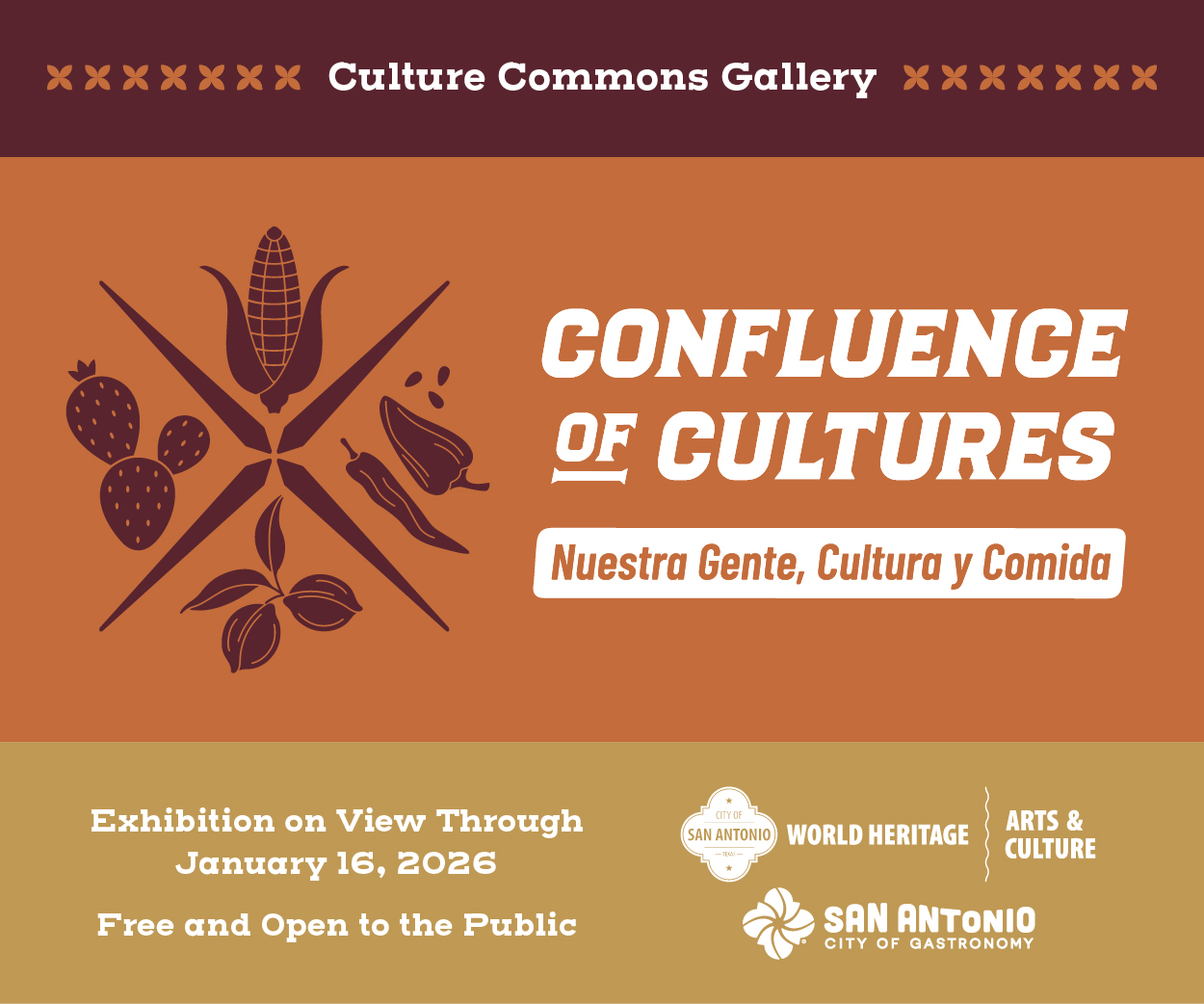Joao Quiroz’s first art lessons came from visiting the churches in the surrounding towns of his home in Zacatecas, Mexico. Church art had many facets notably religious statues, wall paintings, and murals. His hometown, which is no longer on the map, proved too small for the family. When he was seven, his family sought a better life and school opportunities for their children and moved to Monterrey, Nuevo Leon, one of Mexico’s major cities.
In Monterrey, Mexico’s largest industrial center, Quiroz attended secondary schools equivalent to American high schools and studied graphic design at Monterrey’s UNAM campus. He showed promise as an artist when at age eighteen he was selected to illustrate a UNAM book on short stories.
Upon graduation from the UNAM, Quiroz found work in Monterrey as a print media illustrator. Quirloz also a guitar player, formed a rock and roll and blues band in his spare time. He followed the tradition of many Latino artists who engage in music as a secondary vocation. Quiroz worked for various newspapers in Monterrey, but also returned briefly to Zacatecas and lived and worked in Nuevo Laredo for two years. Nearly five years ago, he moved with his wife to San Antonio.
Quiroz is a member of the San Antonio Artists Collective [SAAC] which helps emerging artists connect with art buyers and other artists. SACA also assists artists in preparing their resumes and artist statements. I found their description of Quiroz helpful in understanding his creative approach. SACA noted that Quiroz’s “artistic vision blends the worlds of landscape, expressionism, and impressionism, creating a unique tapestry of colors and emotions that reflect his multicultural experiences.”
Quiroz is known for his landscapes, but in recent years has expanded his skill for painting portraits. He recently completed a series of small murals and religious
paintings at a Catholic church in La Coste, Texas. The artist reflected on his artistic approach in an interview, explaining that he “studied classical styles,” but mostly considered himself a neo-impressionist. He added, “But I still love street art and exploring new materials.”
Artists are known to be inspired by the great masters and Quiroz is no exception. He took time during his early years of painting to visit Italy and has been greatly influenced by seeing Van Gogh’s marvelous “Starry Night” at the Museum of Modern Art in New York City. Over the past five years, Quiroz has painted numerous San Antonio iconic locations with a Van Gogh-influenced starry night sky. A blue night sky with bright cosmic stars dominates an urban landscape painting of San Antonio framing the Tower of the Americas, the Frost Bank Building, and several other skyscrapers. This painting serves as a prime example of his Van Gogh-inspired work.
Quiroz is also a portrait painter, and his many paintings at a new solo show at the UNAM in San Antonio are principally a blend of humorous caricatures and portraits. At this exhibit, Quiroz included fanciful day-of-the-dead caricature portraits of an accordion player, a dancer with a pachuco-style hat, and a singer with an exaggerated wide mouth.
I especially liked Quiroz’s “Paloma Negra” painting, a modernist depiction of a woman musician dressed in a Mariachi outfit with a large Mexican sombrero and playing an electric guitar with her extended and bright red fingernails. Her dark glasses are framed like the black wings of a paloma. Quiroz told an interviewer “As a Latino, I have a sense of humor that allows me to approach difficult subjects in an aesthetically attractive way. I try to capture movement and feelings.”
Quiroz has lived in San San Antonio for only five years, but he has been quick to culturally adapt to his new environment. He initially found studio space at the Pearl but has now settled in Southtown at the Freight Studios. His studio is across the street from commercial artist and design guru Andy Benavides and next door to artist and muralist Albert Gonzales.
Quiroz’s compositions of landscapes, buildings, and portraits are mysterious and fascinating. In his paintings, he touches on his memories of Mexico and builds on his
exposure to familiar depictions of everyday life in San Antonio and cultural icons from the borderlands.







